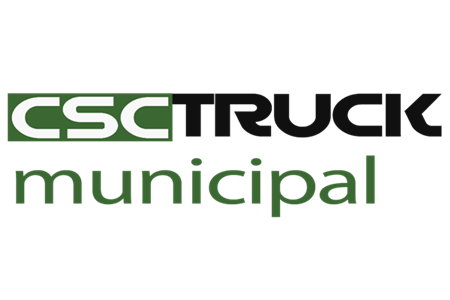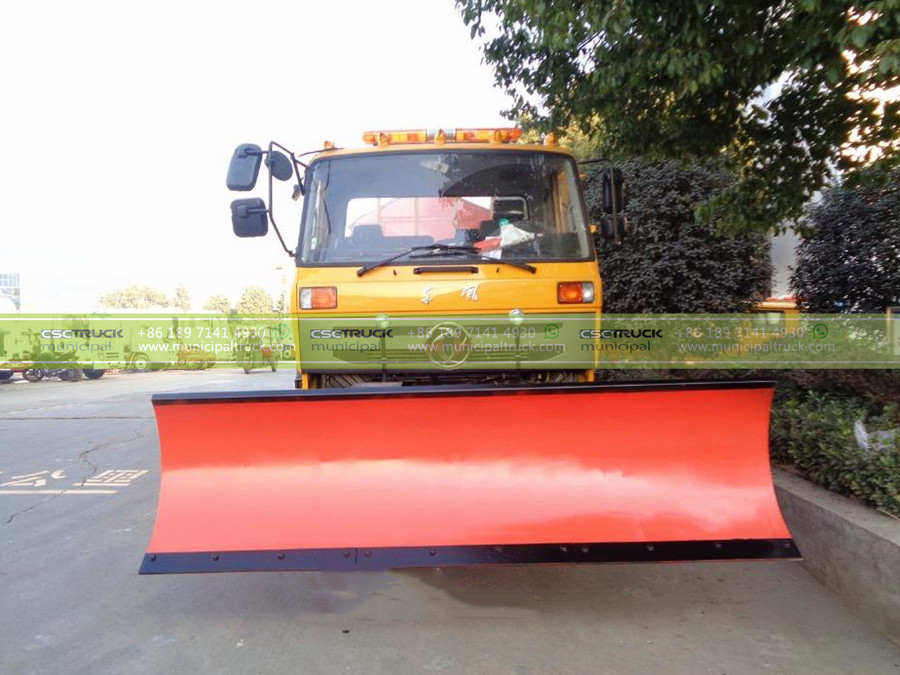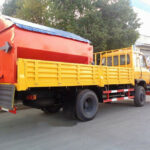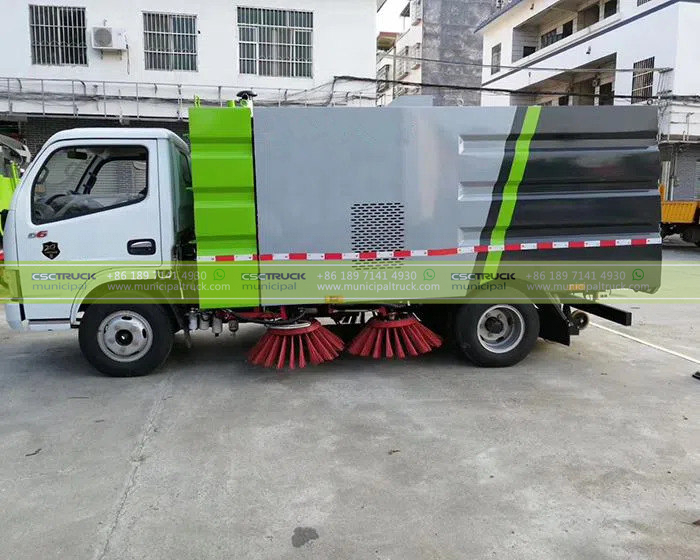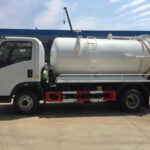The snow plow truck is vital to winter maintenance operations, serving as the backbone of snow removal efforts in municipalities and regions that experience harsh winter weather. These powerful vehicles are specifically designed to efficiently clear snow and ice from roadways, highways, parking lots, and other critical surfaces, thereby ensuring the safety of motorists and pedestrians alike. In this article, we will delve into the various aspects of snow plow trucks, including their design, operation, challenges faced during winter months, and the technology that enhances their effectiveness.
The Importance of Snow Removal
The significance of effective snow removal cannot be overstated, as heavy snowfall can lead to hazardous driving conditions, traffic accidents, and significant disruptions in daily life. In urban areas, snow can accumulate rapidly, creating barriers that impede emergency vehicles, public transportation, and daily commutes. Moreover, untreated snow and ice can lead to slip-and-fall accidents, posing serious risks to pedestrians and increasing liability for municipalities and businesses.
Effective snow removal not only improves safety but also facilitates economic activity during the winter months. When roads are clear, businesses can operate normally, deliveries can be made without delay, and residents can access essential services. Consequently, investing in municipal trucks and efficient snow removal strategies is crucial for municipalities aiming to maintain public safety and ensure smooth operation throughout the winter season.
Features of Snow Plow Trucks
Robust Design
Snow plow trucks are engineered to withstand the rigors of winter operations, featuring a robust design that allows them to tackle heavy snowfall and challenging road conditions. These trucks typically possess a strong chassis and suspension system capable of supporting the weight of both the plow and the accumulated snow. The combination of a powerful engine and durable construction enables these vehicles to perform effectively in various conditions, including icy and slushy surfaces.
Plow Types and Configurations
There are various types of plows that can be mounted on snow plow trucks, each designed for specific snow removal tasks. The most common configurations include straight blades, V-plows, and angle plows, each offering unique advantages. Straight blades are typically used for straightforward snow removal tasks, while V-plows are ideal for breaking through heavy accumulations and directing snow to the sides. Angle plows, on the other hand, allow for better maneuverability in tight spaces, making them particularly useful for urban settings and parking lots.
Auxiliary Equipment
In addition to the main plow, many snow plow trucks are equipped with auxiliary equipment designed to enhance their snow removal capabilities. This includes salt spreaders for de-icing roads and ensuring traction, as well as sanders for improving road safety during icy conditions. The integration of these tools allows snow plow operators to address not only snow accumulation but also underlying ice conditions that can pose risks to drivers.
Operational Efficiency
Route Planning
Effective snow removal requires meticulous planning and coordination, particularly in urban areas with high traffic volumes. Snow plow operators often utilize detailed route planning to maximize efficiency during snow events, taking into consideration factors such as traffic patterns, the severity of snowfall, and the locations of critical infrastructure. By prioritizing major roads, emergency routes, and high-traffic areas, municipalities can ensure that essential services remain operational even during the worst winter weather.
Real-Time Monitoring
Incorporating technology into snow removal operations has significantly enhanced the ability to monitor and respond to changing weather conditions in real time. Many snow plow trucks are equipped with GPS tracking systems that allow operators to track their routes and monitor snow accumulation levels. This data can inform decisions about when to deploy additional resources or adjust existing routes to maximize efficiency. By utilizing real-time information, municipalities can respond more effectively to snow events, ensuring that road safety is maintained throughout the winter season.
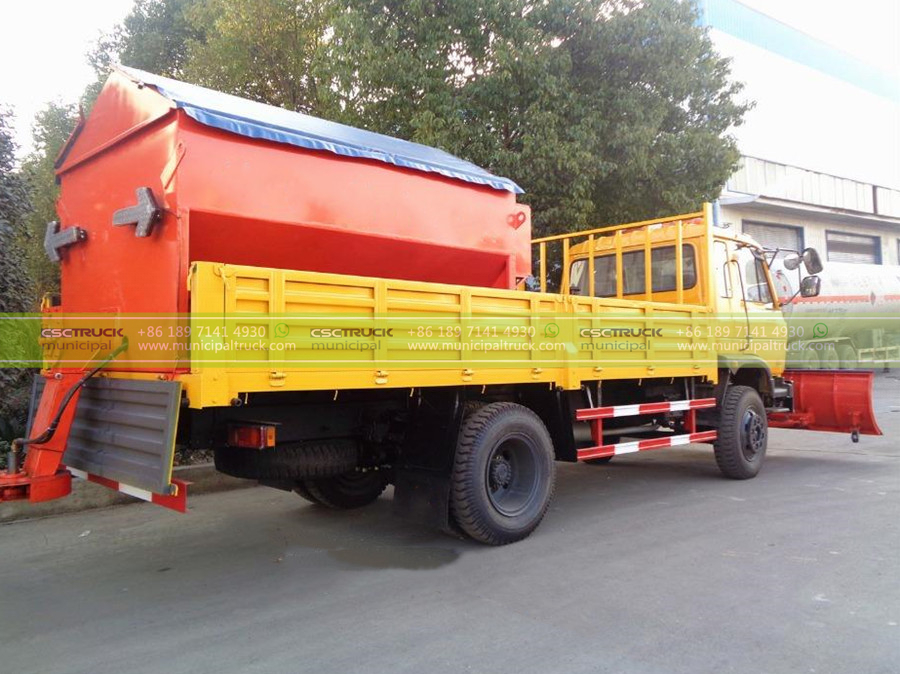
Challenges in Snow Removal Operations
Extreme Weather Conditions
Snow plow operations are not without their challenges, as extreme weather conditions can complicate the snow removal process. Heavy snowfall, combined with strong winds, can create snow drifts that impede visibility and make it difficult for operators to maintain clear pathways. Additionally, rapid temperature fluctuations can result in icy conditions that may not be readily apparent, creating hidden hazards for both snow plow operators and drivers.
Equipment Maintenance
The demanding nature of winter operations places considerable strain on snow plow trucks and their components. Regular maintenance is essential to ensure that these vehicles remain in optimal condition, as equipment failures during snow events can severely hinder snow removal efforts. Municipalities must implement thorough maintenance schedules to inspect and repair plows, engines, and auxiliary equipment, ensuring that all components are functioning properly before the onset of winter weather.
Resource Allocation
Another challenge faced by snow removal operations is the allocation of resources, particularly in larger municipalities where multiple snow plow trucks may be needed to cover extensive areas. Ensuring that each truck is deployed effectively requires careful planning and coordination, as delays in one area can create a domino effect, impacting overall operations. Municipalities must balance the need for timely snow removal with available personnel and equipment, often requiring overtime and additional shifts during severe weather events.
Technological Advancements in Snow Removal
Automated Systems
Advancements in technology have ushered in a new era of snow removal operations, with automated systems becoming increasingly prevalent. Some modern snow plow trucks are equipped with automated controls that allow for precise adjustments of plow angles and heights, ensuring optimal snow removal performance. These systems can significantly reduce the physical strain on operators and improve efficiency during prolonged snow events.
Data Analytics
Data analytics has emerged as a powerful tool in enhancing snow removal strategies. By analyzing historical weather data, traffic patterns, and previous snow removal efforts, municipalities can develop predictive models that inform future operations. This data-driven approach enables cities to allocate resources more effectively, plan routes with greater accuracy, and ultimately improve response times during snow events.
Electric and Hybrid Snow Plow Trucks
As sustainability becomes a focal point for municipalities worldwide, the transition to electric and hybrid snow plow trucks is gaining traction. These vehicles not only reduce emissions but also contribute to quieter operations, making them ideal for urban environments where noise pollution is a concern. While still in the early stages of adoption, electric snow plow trucks hold promise for the future of winter maintenance, potentially revolutionizing the way municipalities approach snow removal.
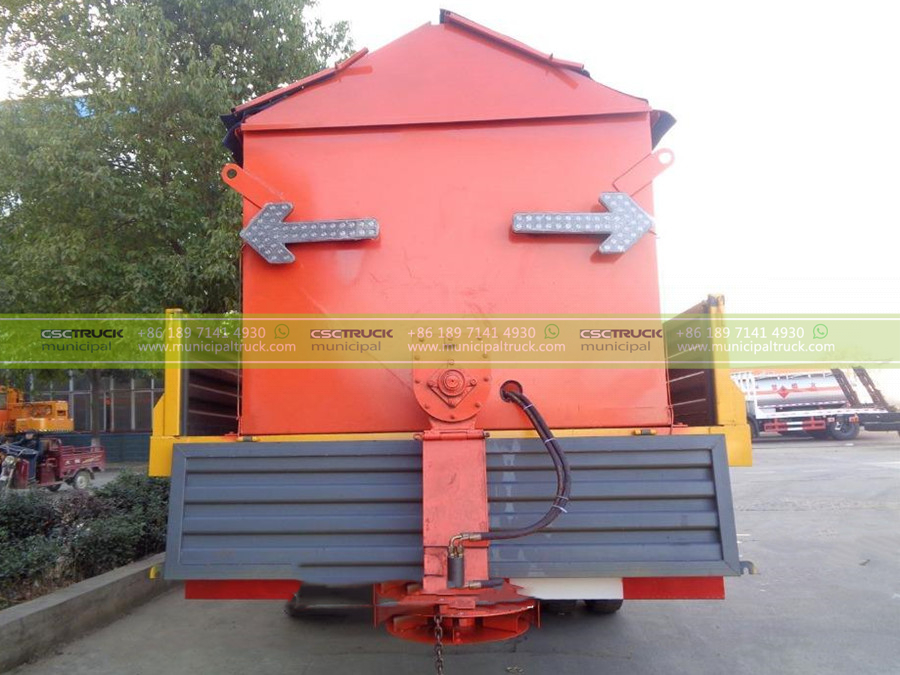
Training and Safety Protocols for Operators
Comprehensive Training Programs
The operation of snow plow trucks requires specialized skills and training, particularly in adverse weather conditions. Comprehensive training programs are essential for ensuring that operators are equipped with the knowledge and skills necessary to handle snow plow operations safely and efficiently. This training typically covers topics such as vehicle operation, plow techniques, safety protocols, and emergency response procedures.
Safety Measures
Given the high-risk nature of snow removal operations, safety measures must be a top priority. Operators are trained to adhere to strict safety protocols, including maintaining a safe distance from other vehicles, using appropriate visibility aids such as flashing lights, and monitoring their surroundings for potential hazards. Regular safety drills are often conducted to reinforce these protocols, ensuring that operators are prepared to respond effectively to emergencies.
Mental Health Considerations
In addition to physical safety, mental health considerations are increasingly recognized as essential in the training of snow plow operators. The demanding nature of winter operations, combined with long hours and challenging working conditions, can take a toll on mental well-being. Municipalities are beginning to implement support systems, including mental health resources and counseling, to help operators manage stress and maintain their overall well-being during the winter months.
Community Impact and Engagement
Public Awareness Campaigns
Effective snow removal operations often rely on community engagement and public awareness. Municipalities frequently launch campaigns to educate residents about snow removal procedures, including the importance of keeping sidewalks clear, parking restrictions during snow events, and reporting hazardous conditions. By fostering a cooperative relationship with the community, municipalities can enhance the effectiveness of their snow removal efforts and improve public safety.
Feedback Mechanisms
Feedback mechanisms are another critical component of effective snow removal operations. Many municipalities provide platforms for residents to report snow-related issues, such as unplowed streets or hazardous conditions. This feedback is invaluable for snow removal teams, allowing them to address problems promptly and continuously improve their operations based on community needs and concerns.
Celebrating Successful Operations
Recognizing the hard work of snow removal teams is essential for boosting morale and fostering a sense of community pride. Municipalities often celebrate successful snow removal operations through public recognition programs, acknowledging the dedication and efforts of operators and support staff. Such initiatives not only enhance team cohesion but also promote a culture of safety and accountability in snow removal operations.
Future Trends in Snow Plow Operations
As climate change continues to influence weather patterns, snow removal operations are expected to evolve in response to these challenges. Municipalities may need to invest in more advanced equipment and technologies that can handle varying snowfall amounts and types, from heavy, wet snow to light, powdery snow.
Additionally, the integration of smart city initiatives could lead to enhanced snow removal strategies, utilizing real-time data to inform operations and improve response times. By leveraging technology and prioritizing sustainability, snow plow operations can adapt to the changing landscape of winter weather while ensuring the safety of all road users.
In summary, snow plow trucks are essential vehicles for ensuring safety and efficiency during winter months, facing numerous challenges while employing advanced technology and training to achieve their objectives. With ongoing advancements and a commitment to public safety, the future of snow removal operations looks promising, paving the way for safer roads and more effective winter maintenance strategies.
